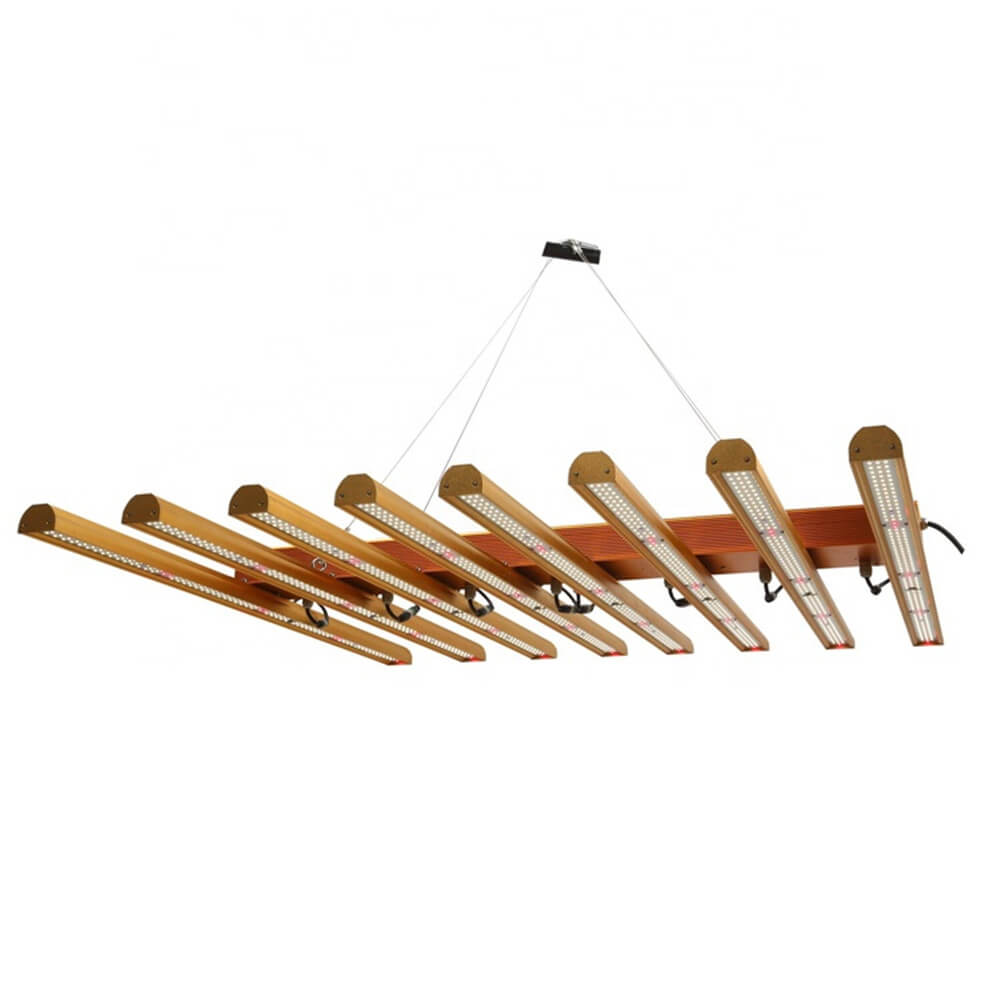What Are the Key Benefits of Using LED Grow Lights for Indoor Gardenin...
28-04-2025Ningbo sunle Lighting Electric Co.,Ltd
The light distribution and uniformity of LED panel ligh […]
The light distribution and uniformity of LED panel lighting play a crucial role in achieving balanced and consistent lighting across a space. Here's how it contributes to balanced lighting for LED Panel Lights Manufacturers:
1. Luminous Efficiency: LED panel lights are highly efficient, converting a significant portion of electrical energy into light. This high luminous efficiency contributes to balanced lighting by providing ample illumination while minimizing energy wastage.
2. Diffuser Technology: LED panel lights utilize diffuser technology to scatter and distribute light evenly across the panel's surface. The diffuser material helps to eliminate direct glare and harsh shadows, resulting in a soft and uniform illumination. Advanced diffuser materials and designs are continuously being developed to improve light distribution performance.
3. Optical Design: The optical design of LED panel lights focuses on maximizing light output and uniformity. Optimal positioning of LEDs, light guides, and reflective surfaces ensures efficient light distribution and minimizes losses due to internal reflections. This design approach enhances the overall uniformity of the lighting.
4. Lighting Layout and Spacing: Careful consideration of the lighting layout and spacing between LED panel lights is crucial for achieving balanced lighting. Factors such as the size and shape of the space, the mounting height of the panels, and the desired illuminance levels are taken into account to determine the optimal placement and spacing of the fixtures.
5. Glare Reduction Techniques: Glare reduction techniques are incorporated into LED panel lights to minimize discomfort and visual impairment. These techniques can include anti-glare coatings on the diffuser, louvers, or microstructure patterns that help redirect light and reduce glare. By controlling glare, LED panel lights provide a more comfortable and visually pleasing lighting environment.
6. Uniformity Ratios and Standards: Industry standards and guidelines often specify minimum uniformity ratios for lighting installations. These ratios define the acceptable level of light uniformity across a given space. By adhering to these standards, LED panel lights are designed to provide consistent illumination that meets or exceeds the required uniformity criteria.
7. Lighting Control Systems: Advanced lighting control systems, such as dimming or zoning capabilities, contribute to balanced lighting. These systems allow for fine-tuning of light levels in different areas or at different times, ensuring that the desired uniformity and balance are achieved based on specific requirements or user preferences.
8. Quality Assurance and Testing: Reputable manufacturers conduct rigorous testing and quality assurance procedures to verify the light distribution and uniformity performance of LED panel lights. This includes testing for evenness of light output, color consistency, and adherence to industry standards. Purchasing LED panel lights from trusted manufacturers ensures that the fixtures meet the necessary criteria for balanced lighting.
9. Human-Centric Lighting Considerations: Human-centric lighting principles, which prioritize the well-being and visual comfort of occupants, are often integrated into LED panel lighting designs. By considering factors such as color temperature, color rendering, and light intensity, LED panel lights can provide a balanced lighting environment that promotes productivity, well-being, and visual acuity.
10. Lighting Design Expertise: Engaging lighting design professionals who have expertise in creating balanced lighting environments can be beneficial. These experts can perform lighting calculations, simulations, and photometric analyses to ensure optimal light distribution and uniformity. Their knowledge and experience help achieve the desired balanced lighting outcome.

IP44 3W-30W Road Project Lighting 60-110LM/W LED Panel Lights
TECHNICAL PARAMETERS:
LED Power Consumption: 3W-30W
Operating Voltage: AC85-285V 50/60HZ
Power Factor: >0.90;
LED Luminous Efficiency: 60-110LM/W
Lamp Efficiency: >0.8;
IP Rating: IP44;
Warranty: 3-5 years;
Finishes: White/Customized;